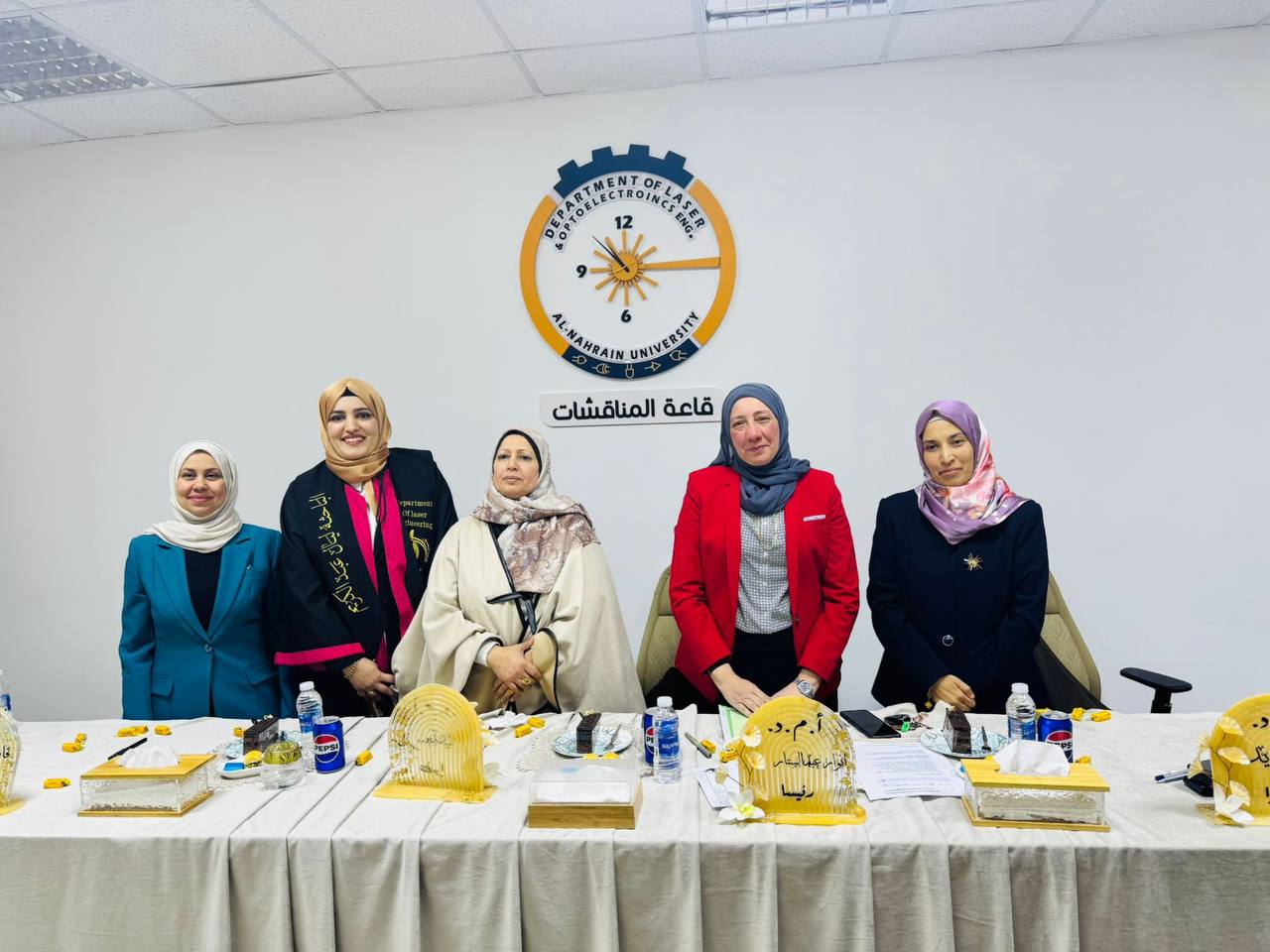Visitors: 28545376 Views
Done By: Laser & Optoelectronic Engineering Department
Post Date: 2025-02-26
Last Browse: 2025-09-14

Synthesis of MoS2 nanoparticles by laser ablation for Biomedical applications. Molybdenum disulfide (MoS2) is a promising nanomaterial with a wide range of applications. Its outstanding properties, good biocompatibility, and band gap characteristics allowed its use in biosensing, electronics, optoelectronics, biological and medical applications. Furthermore, currently, biopolymers have been considered as the most promising materials in the medical field such as chitosan and PEG. Therefore, in this work, MoS2, MoS2-CS, and MoS2-PEG nanocomposite materials are generated using a laser ablation process. The effect of laser processing parameters, including laser fluence, scanning speed, and interaction time, on the generated MoS2 NPs is studied. A comprehensive examination of the manufactured composites was performed using X-ray diffraction analysis (XRD), transmission electron microscopy (TEM), ultraviolet-visible spectroscopy, energy Dispersive X-ray (EDX), Raman spectroscopy, and Fourier transform infrared spectroscopy (FTIR) to validate the quality and content of the newly prepared composites. The MoS2-CS hybrid nanocomposite showed the highest antibacterial activity against E. coli bacteria, while MoS2-CS and MoS2-PEG showed the highest antibacterial activity against S. aureus bacteria. The anticancer analysis demonstrated that the MoS2-CS nanocomposite presented the highest cytotoxic effect against the A549 cell compared to MoS2 and MoS2-PEG.